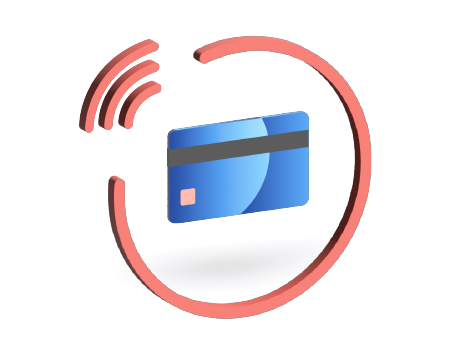
Quicklinks
Top Results

The saying actions speak louder than words can be applied to many situations, including building or rebuilding credit. If you have no credit history or have had credit history challenges, you can take steps that help demonstrate your creditworthiness to help build or rebuild your credit.
Reset the table
Contrary to popular belief, credit bureaus do not create your credit score from thin air. Individual actions that feed the credit score algorithm determine your credit score and creditworthiness. Those actions include your payment history or non-payment history, credit usage and other data to produce your score.
What does that mean? It means you can reset the table. You can make intentional choices to help improve the data that is being reported to the credit bureaus, and in turn, your credit score.
How? By taking new actions and starting today. To help, Civic has created the following steps and strategies to help you build or rebuild your credit.
Strategy #1: Create payment history
The most common strategy is to create a payment history. This will serve as the basis for building a credit profile. Here are 4 ways to build a good payment history.
- Get a secured credit card: This is just like a regular credit card but with a guarantee from you for the assigned credit limit. You deposit funds in an account that equals the credit limit to ‘secure’ the credit line. The deposited funds are restricted and serve as collateral for the potential spending on the card up to the limit. Paying your bill on time each month will gradually build a good payment history and a credit profile.
- Obtain a Credit Builder Loan: Similar to a secured credit card, a credit builder loan helps you generate payment history to form a credit profile that lenders can look to when underwriting loan products. Once your credit builder loan application is approved, the funds are disbursed to a deposit account. This account is also restricted, so the money stays there. You make payments on time, and at the end of the loan term, the funds in the account are released to you. The results include the creation of good payment history and a pool of funds that have earned interest over the course of the loan’s term.
- Become an authorized user on a credit card account: A family member or relative can add you to their credit card account as an authorized user. As an authorized user, you’ll have use of the credit card account but no liability for payments. If the account remains in good standing, on-time payments will work to etch out a credit profile for the authorized user. This process can differ between companies, so check with your credit card issuer to confirm this step.
- Use a co-signer: This is similar to becoming an authorized user, but unlike being an authorized user, you have the liability for the credit and all debts incurred. The co-signer is a backup in case you stop making payments.
Strategy #2: Revive your credit profile and score
Credit challenges happen and can be improved with time, consistency and patience. Here are 5 ways to help revive and improve your credit profile and score.
- Review your credit report: Doing this will give you a detailed view of your personal credit file. This website provides a free credit report annually from the major credit reporting agencies (Equifax, Experian, TransUnion). Read the report thoroughly to ensure the line items are yours and that there are no errors. If something isn’t right, you may successfully dispute the issue.
- Pay bills on time: Making this happen can constitute 35 percent of your overall credit score—that’s more than one-third. Also, you can make real progress to improve your score.
- Become current on past due accounts: If you have been late on payments, make it right as soon as possible. The faster you get caught up, the faster your actions and reporting data will help tell a more positive credit story.
- Keep existing debt on revolving accounts low: Your store charge-cards and Visa-type cards are called revolving accounts. It’s because they are open-ended loans, different from a closed-end loan where there is a finite loan term. Revolving accounts can exist for decades. Ideally, you want to keep your revolving accounts at a balance of no greater than 30% of the credit limit. Over that percentage, your credit score and creditworthiness will take a hit.
- Learn how your credit score is determined: Understanding how your credit activity translates to your credit score is important and will help inform your new behaviors when using credit.
Most of all, be patient. Reviving or starting your credit profile and score takes time. By following these steps and creating achievable milestones, you will be on your way to establishing or improving your credit. Begin using these steps today should help write or rewrite your credit story.




